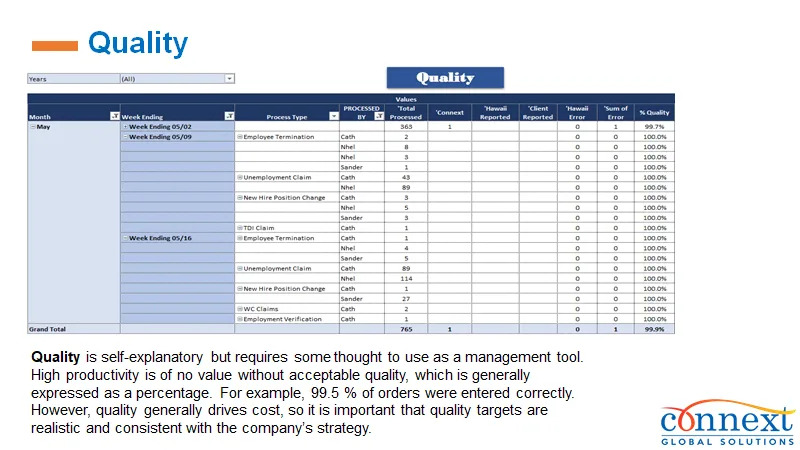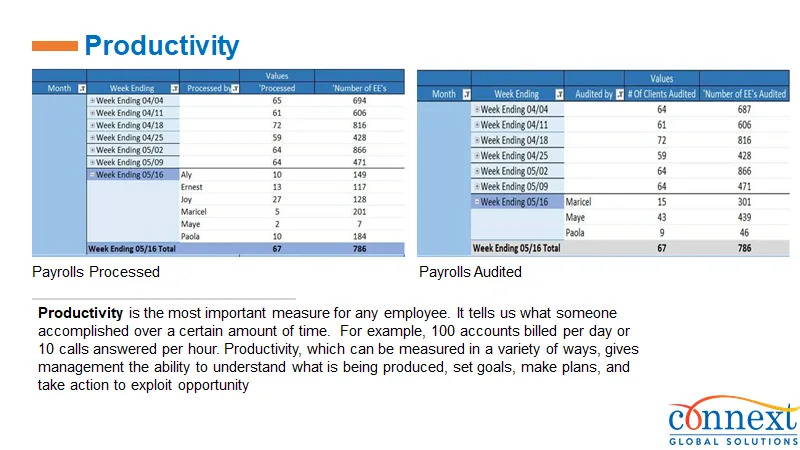Key Summary
- Outsourcing architectural drafting requires clear CAD quality standards to ensure accuracy and consistency.
- Maintaining these standards minimizes errors, rework, and project delays.
- Firms facing hiring freezes can expand drafting capacity by engaging offshore teams through independent contractor agreements.
- Increasing team size without adding headcount is a practical benefit of strategic outsourcing.
- While cost savings matter, operational continuity and specialized skills are often more valuable.
- Connext supports clients by managing offshore drafting teams with clear quality governance and flexible staffing solutions.

Outsource Architectural Drafting: CAD Quality Standards Explained
Outsourcing architectural drafting has become an important strategy for firms managing growing workloads, tight deadlines, and resource constraints. While the benefits of accessing skilled drafting professionals offshore are clear, ensuring the quality of the work delivered remains a priority. In architectural projects, precision is not optional — it is essential. Errors or inconsistencies in CAD drawings can ripple through the design and construction phases, leading to costly delays or rework.
Before engaging an outsourced drafting team, it is crucial to establish a clear understanding of CAD quality standards. These standards govern how drawings are prepared, structured, and reviewed. When these standards are met consistently, the outsourced work can integrate smoothly with internal teams and third-party stakeholders, regardless of location.
This article outlines the critical CAD quality standards architectural firms should expect when outsourcing drafting. It also explains how firms can maintain these standards and effectively scale drafting capacity, especially during hiring freezes or other operational challenges.
Why CAD Quality Standards Matter
Architectural drafting transforms conceptual designs into detailed, precise technical drawings. These drawings serve as the blueprint for construction and are referenced by architects, engineers, contractors, and local authorities. The quality of CAD deliverables impacts:
- Accuracy: Precise representation of dimensions and spatial relationships.
- Clarity: Clear communication through consistent use of line weights, layers, and annotations.
- Compliance: Adherence to relevant building codes and client requirements.
- Efficiency: Organized files that support easy review and revision.
When these factors are not upheld, projects risk delays, misunderstandings, and increased costs. Outsourcing adds complexity because remote teams must align their work to internal standards, often from different geographies and under separate regulatory frameworks.
Core CAD Quality Standards in Outsource Architectural Drafting
Several key standards underpin quality CAD drafting. These must be clearly defined in any outsourcing agreement or project brief:
Layering Protocols
Using proper layers to separate different architectural elements (walls, doors, electrical systems, etc.) is foundational. Layers should follow industry or client-specific naming conventions to ensure all users can navigate and edit drawings efficiently.
Line Weights and Types
Line thickness and style differentiate elements, helping readers distinguish between structural components, annotations, and dimensions. Uniform application prevents misinterpretation.
Dimensioning and Annotation
Dimensions must be accurate, clear, and placed logically. Annotations should follow standardized fonts and styles, making the drawings understandable for all users.
Compliance with Codes and Guidelines
Drawings must reflect current building codes and client-specific requirements. Offshore teams need a clear reference framework and a process to keep drawings up-to-date with regulatory changes.
File Naming and Formats
Standard file formats (such as DWG) and naming conventions facilitate version control and integration into the firm’s document management system.
Use of Templates and Blocks
Employing standardized templates and reusable CAD blocks saves time and ensures consistency across projects.
Revision Tracking
A clear revision system allows teams to identify changes, dates, and responsible parties, reducing confusion and errors.
Addressing Hiring Freezes with Outsourced Drafting
Hiring freezes limit a firm’s ability to expand its internal workforce, even when project demands increase. Outsourcing architectural drafting can provide the flexibility needed to keep projects on track.
By engaging offshore drafters through independent contractor agreements, firms can increase their drafting capacity without increasing official headcount. This approach offers several operational advantages:
- Flexibility: Teams can be scaled up or down quickly to meet workload fluctuations.
- Continuity: Projects maintain momentum without being stalled by internal hiring delays.
- Compliance: Independent contractor agreements help ensure regulatory compliance while providing staffing agility.
Connext supports this model by connecting firms with offshore drafting professionals under structured agreements that balance flexibility and quality governance.
Scaling Teams Without Increasing Headcount
Many firms seek to increase operational capacity without the complexities of adding full-time employees. Outsourcing architectural drafting services allows for this kind of scaling, providing access to skilled professionals who are managed according to defined standards.
Benefits include:
- Avoiding administrative overhead associated with recruiting and onboarding full-time staff.
- Accessing specialized skills as needed for particular projects.
- Reducing risk through contractual clarity and compliance management.
Connext’s approach emphasizes these benefits, offering clients reliable offshore drafting resources that align with their technical and operational requirements.
Cost Savings as a Secondary Benefit
While cost reduction is frequently cited as a reason to outsource, it is important to view it as one aspect among several benefits rather than the primary motivation. Firms engaged in outsourcing architectural drafting often prioritize operational continuity, access to specialized expertise, and the flexibility to adjust team sizes according to project demands.
Outsourcing can deliver cost savings by avoiding expenses related to recruitment, training, benefits, and overhead associated with full-time staff. However, for many organizations, these savings are the “cherry on top” rather than the main goal.
The real value lies in maintaining steady project progress despite hiring freezes or internal capacity constraints, as well as the ability to tap into a wider talent pool offshore. Connext’s model facilitates this by providing access to skilled drafting professionals through independent contractor agreements, enabling firms to scale effectively without increasing headcount or compromising on quality.
Final Thoughts
Deciding whether to outsource architectural drafting can be a practical, flexible solution for firms navigating workload increases, hiring freezes, and the need for high-quality deliverables. With well-defined CAD quality standards and clear operational agreements, drafting teams offshore can support your firm’s goals without adding to headcount or administrative burden. Partnering with experienced providers like Connext helps ensure this process is reliable and aligned with your standards.
To learn practical ways to maintain precision when working with remote teams, read How to Improve CAD Drawing Accuracy with Offshore Drafting Support.
Increase capacity without adding headcount. Learn more on how to Scale Your Architectural Drafting Team with Offshore CAD Experts.
If your firm is navigating a hiring freeze but needs to maintain or grow drafting capacity, explore Connext’s insights on overcoming these challenges with offshore teams: Build Your Own Offshore Team: A Strategic Way to Scale Without Adding Headcount
Learn how independent contractor agreements enable flexibility during hiring freezes while ensuring project continuity — read more at Connext’s blog on independent contractor agreements: Securing Talent When Hiring Is Frozen: Independent Contractors to the Rescue .
Ready to Take the Next Step?
Talk to our team about offshore support.
Frequently Asked Questions (FAQs)
When you outsource architectural drafting, you should require strict layering protocols, standardized line weights, precise dimensioning, compliance with codes, file naming conventions, template use, and revision tracking. Connext’s offshore drafting teams follow these practices to ensure quality.
Outsourcing with independent contractor agreements allows firms to increase drafting capacity without adding official headcount, helping maintain project timelines despite hiring restrictions. Connext facilitates this flexible approach.
Cost savings are a factor but often secondary. Most firms prioritize operational continuity, access to talent, and flexible team scaling over pure cost reduction. Connext’s clients reflect this approach.








